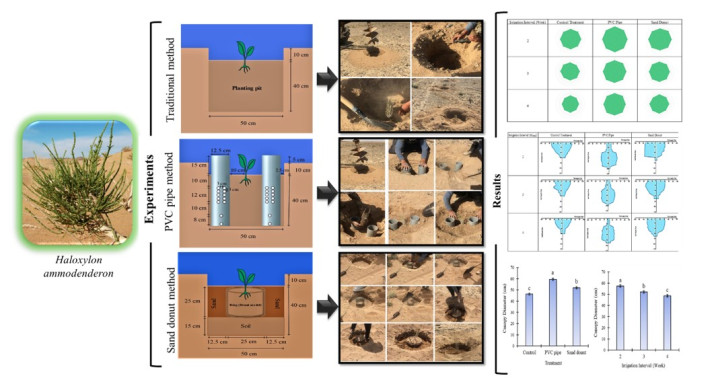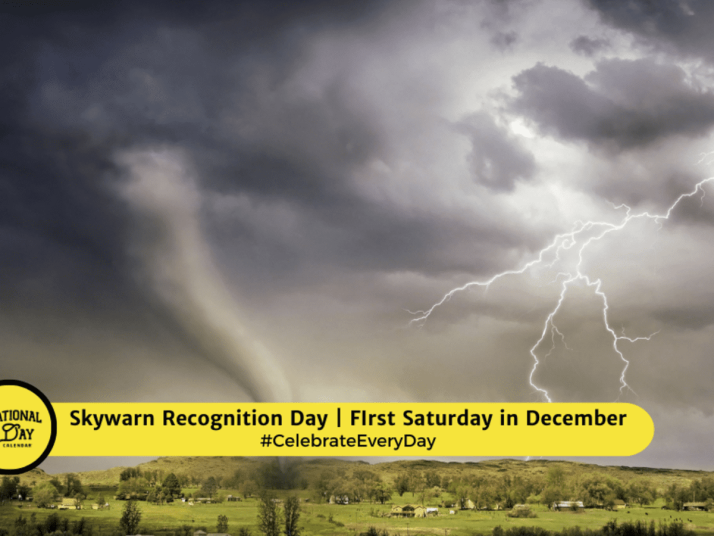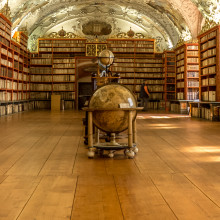A New Approach to Improving Drought Resilience in Desert Ecosystem Restoration
Recurring drought and accelerating desertification are placing increasing pressure on dryland ecosystems, leading to reduced vegetation cover, soil degradation, and the decline of essential ecosystem functions. Under these conditions, ecological restoration—ranging from soil stabilization to the re-establishment of protective plant cover—has become both urgent and increasingly challenging due to limited water availability.
One practical response to this challenge is the use of deep root-zone irrigation, a technique that delivers water directly to subsurface soil layers where plant roots are most active. By reducing surface wetting, this approach helps limit water losses through evaporation and runoff while improving plant access to moisture under drought conditions.
Building on this concept, our research team has applied the pipe method as a targeted deep-irrigation solution. In this method, irrigation water is conveyed through a perforated pipe and released within the root zone, creating a deeper and more stable moisture distribution compared with conventional surface irrigation. This results in more efficient water use, improved soil moisture conditions, and stronger plant establishment in water-limited environments.
The findings show that the pipe method can contribute to more resilient restoration outcomes by combining water savings with improved plant performance.
Details of this work have been published in the journal Land Degradation & Development.
https://doi.org/10.1002/ldr.70076
-
Salman Zare posted in Asia Community
4 days ago Public -
Edgar E. Gutierrez-Espeleta posted in Asia Community
5 days ago PublicAn interesting article worthwhile reading: https://agupubs.onlinelibrary.wiley.com/doi/10.1029/2024EF005565
-
Edward Huang posted in Asia Community
2 weeks ago PublicGreat Green Wall in China -- I'm sharing a video titled "How China turned the desert into green forests" with an impressive story about ecosystems transformation with a large-scale master-planned forestation over vast desert lands to combat desertification in China. I've learned a bit more everytime when I read info about this "Great Green Wall" project, and hope you'll enjoy this one. I'm spreading it as part of my actions to take part in the UN World Soil Day 2025. The link goes: https://www.msn.com/en-us/news/world/how-china-turned-the-desert-into-g…
-
Edward Huang posted in Asia Community
2 weeks ago PublicSKYWARN actions kickoff on Skywarn Recognition Day 2025
Today, December 6, is the SKYWARN Recognition Day (SRD) in the US. While the NOAA’s National Weather Service (NWS) cancelled the SRD 2025, as a registered Official Skywarn Spotter and a SciStarter participant in the SKYWARN citizen science project stationed at the Arcadia Ecohome in the foothill community of Arcadia, California, I'm taking on a weeklong voluntarily sky-watch of the San Gabriel Mountains, a desert mountain range just north of Arcadia, as part of my actions to take part in the celebrations of both the 2025 SRD on December 6, the first Saturday of December, and International Mountain Day on December 11, along with reporting and advocacy activities such as this writeup. Monitoring the sky over desert mountains in Southern California where unusual winter wildfires have occurred in recent years, such as the devastating ones in January 2025, driven by extreme drought and heat after wet years and strong Santa Ana winds, is becoming critical in the era of climate new normal with hazardous windstorms and firestorms for our attentions and actions as members of the Skywarn Weather Spotters Network and the Fire Adapted Communities Network (FAC Net). -
Edward Huang posted in Asia Community
2 weeks ago PublicSoil properties and soil biodiversity play significant roles in land degradation, especially in arid regions. Today is the UN World Soil Day (WSD) 2025 themed "Healthy Soils for Healthy Cities”. As an urban farmer and a USEPA recognized Qualify Water Efficient Landscaper (QWEL) working at the Arcadia Ecohome’s micro-agroforest, a Certified Bee Friendly Farm and a listed Climate Victory Garden, located in the arid Southern California, I’ve registered a local event with FAO to support the global celebrations of WSD. Our key actions taken today is focused on improving soil properties and biodiversity to combat land degradation with actions to add organic matters from fallen leaves, tree trimmings & food wastes to the forest floor through composting so as to enhance the soil sponge’s functions of taking and keeping moisture from cool night dews, to harbor a bio-diversified forest-floor inhabitants such as insects, earthworms & microbes who contribute to build healthy soils, to induce root growth for reducing soil erosion, and to minimize green & food wastes generated in urban areas to be hauled to remote desert landfills. The photo taken today (sorry, cannot be uploaded) shows sheet composting of fallen leaves all over the forest floor, pile composting of twigs & branches by tree roots and an in-ground composting of kitchen wastes, all for building healthy soils by nature-based solutions. I’m sharing what we do at CIEDM with our networks, especially my follow members in the United Nations Convention to Combat Desertification (UNCCD) Communities of Learning and Practice, as part of our grassroots actions in social media campaign for WSD.
-
Edward Huang posted in Asia Community
2 weeks ago PublicThanks for Suyu's warm welcome! As a new member of this community, I'm delighted to briefly introduce myself: I'm an academic and practitioner in the field of urban and environmental planning, with an interest in nature/resources/water conservation. I've lived and worked for 40+ years in the Los Angeles metropolitan area, a part of the arid US Southwest region, and on daily basis encountered/crossed challenges and news about drought, heatwaves, wildfires, flash floods and other climate issues in this region and beyond. With my Chinese ethnic origin, growup in Taiwan, and work & travel experiences in several parts of Asian, including serving as a faculty member in Saudi Arabia and China, I'm glad to be here to share and learn with all of you in this community.
-
Laith Ali Naji posted in Asia Community
1 month ago PublicNew insights on declining natural carbon sinks
A new study published in Nature highlights how climate change and land-use pressures are reducing the Earth’s ability to absorb CO₂. The findings show that natural land sinks are weakening, while tropical forests in Southeast Asia and South America are shifting from carbon sinks to carbon sources, a trend driven by warming, drought, and deforestation.
Understanding these changes is essential for effective climate and drought management strategies.
Join the conversation and explore how stronger land stewardship and climate-resilient practices can support global mitigation efforts.
👉 Learn more and connect with the CLP community:
https://lnkd.in/ey3rv9Ga👉Read more:
https://lnkd.in/eFrzCvbk#UNCCDCLP #DroughtManagement #CommunityOfPractice #LearningCommunity #Desertification#LandDegradation #UNCCD
#Resilience #ClimateAdaptation #SustainableLandManagement #PeerLearning -
Suyu Liu posted in Asia Community
1 month ago PublicThis is an interesting article. Some people have the instinct that Pacific islands should have enough water due to their location (central in the ocean), but actually they also suffer from drought. This suggests that drought is indeed global and can affect all countries.
https://www.mdpi.com/2225-1154/13/9/172
Drought Monitoring to Build Climate Resilience in Pacific Island Countries
by Samuel Marcus, Andrew B. Watkins, andYuriy KuleshovClimate 2025, 13(9), 172; https://doi.org/10.3390/cli13090172
Submission received: 21 July 2025 / Revised: 20 August 2025 / Accepted: 22 August 2025 / Published: 26 August 2025
(This article belongs to the Special Issue Global Warming and Extreme Drought)Abstract: Drought is a complex and impactful natural hazard, with sometimes catastrophic impacts on small or subsistence agriculture and water security. In Pacific Island countries, there lacks an agreed approach for monitoring agricultural drought hazard with satellite-derived remote sensing data. This study addresses this gap through a framework for agricultural drought monitoring in the Pacific using freely available space-based observations. Applying World Meteorological Organization’s (WMO) recommendations and a set of objective selection criteria, three remotely sensed drought indicators were chosen and combined using fuzzy logic to form a composite drought hazard index: the Standardised Precipitation Index, Soil Water Index, and Normalised Difference Vegetation Index. Each indicator represents a subsequential flow-on effect of drought on agriculture. The index classes geographic areas as low, medium, high, or very high levels of drought hazard. To test the drought hazard index, two case studies for drought in the western Pacific, Papua New Guinea (PNG), and Vanuatu, are assessed for the 2015–2016 El Niño-related drought. Findings showed that at the height of the drought in October 2015, 58% of PNG and 72% of Vanuatu showed very high drought hazard, compared to 6% and 40%, respectively, at the beginning of the drought. The hazard levels calculated were consistent with conditions observed and events that were reported during the emergency drought period. Application of this framework to operational drought monitoring will promote adaptive capacity and improve resilience to future droughts for Pacific communities.
-
Suyu Liu created a new resource in Asia Community.
-
Suyu Liu created a new resource in Asia Community.







